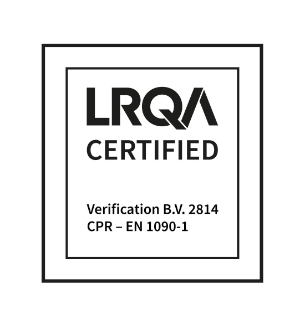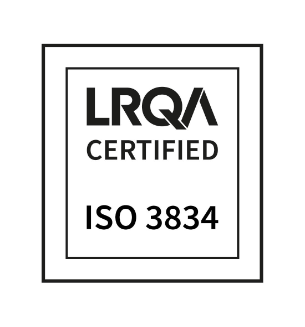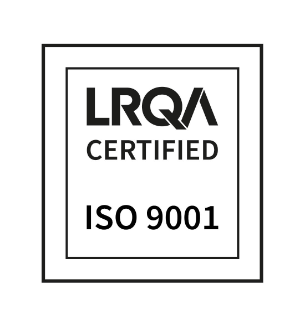Knowledge centre
9. Rolling
Sheet rolling
Whether sheets can be rolled in terms of the dimensions depends on a number of factors. To be precise, the combination of sheet thickness, sheet width and type of material determines the force needed to roll the workpiece.
Assume the neutral line when calculating the rolling result. Remember that the feed-in into the roller will cause a flat edge on the product. This can be partly addressed by first bending a number of facets in the feed-in.
|
Rolling width |
Rolling diameter |
|---|---|
| 1500 mm | 90 mm |
| 1500 mm | 100 mm |
| 2500 mm | 205 mm |
Profile rolling
Profiles are rolled on a specially designed profile roller. To create different profiles, the rollers have to be custom set, which means that dozens of profiles are possible. However, this does not mean that they can all be produced. Kepser checks every profile for whether it can be rolled.
- Take a profile to be rolled with excess length, but also indicate the net size.
- Avoid U-profiles with different flanges.
- Keep the material that has to be rolled constant in order to prevent the torsional buckling of products. Therefore, do not add any extra ribs, large openings or the like, and keep the width constant.
- Do you want holes in the material to be rolled that can’t be added afterwards? Then go for the combination of laser cutting and rolling. When laser cutting. Ensure that the material to be pushed out is connected to the product by a tab so that it can still be rolled. The slugs in the holes can then be removed afterwards. Fig. 9.1, Fig. 9.2 and Fig. 9.3
- Holes that are made in the sheet before rolling will distort during rolling. However, you can mark them by indicating the location of these holes or pre-drilling a small hole.
Facet bending
An alternative to rolling is facet bending. This involves making a large number of bends with a small setting angle at a short distance from each other. Note: in facet bending, the settings always remain visible. Fig. 9.4
Shaft pressing
If facet bending takes too much time due to the size of the production run then shaft pressing is the most suitable method In contrast to facet bending, shaft pressing - bending with a round shaft - does produce an exact inner radius. Fig. 9.5













